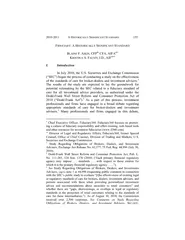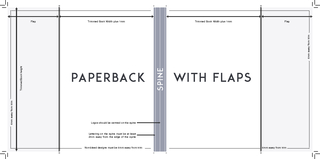PPT-Meteo 3 Lab 5 10/9/19 Rachel is away this week, see Bill with questions
Author : lucinda | Published Date : 2023-07-26
Problem 611 a b Mark all centers of High and Low pressure and 2 locations where it might be off the map Check surrounding isobars Find 2 troughs and 2 ridges Trough
Presentation Embed Code
Download Presentation
Download Presentation The PPT/PDF document "Meteo 3 Lab 5 10/9/19 Rachel is away th..." is the property of its rightful owner. Permission is granted to download and print the materials on this website for personal, non-commercial use only, and to display it on your personal computer provided you do not modify the materials and that you retain all copyright notices contained in the materials. By downloading content from our website, you accept the terms of this agreement.
Meteo 3 Lab 5 10/9/19 Rachel is away this week, see Bill with questions: Transcript
Download Rules Of Document
"Meteo 3 Lab 5 10/9/19 Rachel is away this week, see Bill with questions"The content belongs to its owner. You may download and print it for personal use, without modification, and keep all copyright notices. By downloading, you agree to these terms.
Related Documents










